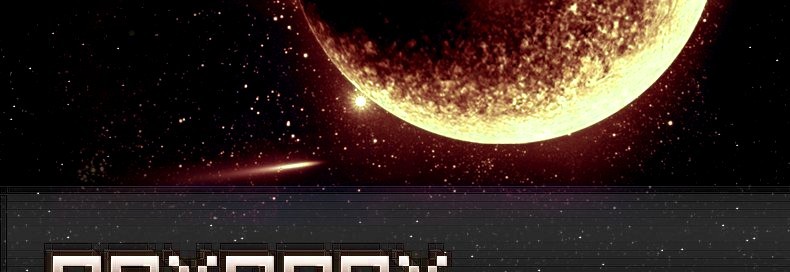Changeset 7323 for code/branches/doc/src/libraries/util/Singleton.h
- Timestamp:
- Sep 2, 2010, 3:16:08 AM (15 years ago)
- File:
-
- 1 edited
-
code/branches/doc/src/libraries/util/Singleton.h (modified) (3 diffs)
Legend:
- Unmodified
- Added
- Removed
-
code/branches/doc/src/libraries/util/Singleton.h
r7163 r7323 27 27 */ 28 28 29 /** 30 @defgroup SingletonScope Singletons and Scope 31 @ingroup Util 32 */ 33 34 /** 35 @file 36 @ingroup Util SingletonScope 37 @brief Definition of the Singleton template that is used as base class for classes that allow only one instance. 38 39 @anchor SingletonExample 40 41 Classes that inherit from orxonox::Singleton follow the singleton pattern and thus 42 allow only one instance of the class to exist. This istance is stored in a static 43 variable called @c singletonPtr_s. orxonox::Singleton will access this variable, but 44 it must be implemented in the deriving class. 45 46 Example: 47 @code 48 class TestSingleton : public Singleton<TestSingleton> // inherit from Singleton, pass the own class as template argument 49 { 50 friend class Singleton<TestSingleton>; // friend declaration so Singleton can access singletonPtr_s 51 52 public: 53 TestSingleton(); // public constructor because we may want to manage this singleton 54 // with an orxonox::ScopedSingletonManager (see below) 55 virtual ~TestSingleton(); // public destructor 56 57 void testFunction(); // put your functions here 58 59 private: 60 int testValue_; // put your variables here 61 62 static TestSingleton* singletonPtr_s; // static singleton instance pointer, used by the Singleton template 63 }; 64 @endcode 65 66 And don't forget to initialize the static singleton pointer in the source (*.cc) %file: 67 @code 68 TestSingleton* TestSingleton::singletonPtr_s = NULL; 69 @endcode 70 71 Usually a singleton gets created automatically when it is first used, but it will never 72 be destroyed (unless the singleton explicitly deletes itself). To allow controlled 73 construction and destruction, the singleton can be put within a virtual scope. This is 74 done by registering the singleton class with orxonox::ScopedSingletonManager. To 75 do so, the ManageScopedSingleton() macro has to be called: 76 77 @code 78 ManageScopedSingleton(TestSingleton, ScopeID::Graphics, false); // muste be called in a source (*.cc) file 79 @endcode 80 81 @b Important: If you call ManageScopedSingleton(), you don't have to initialize singletonPtr_s anymore, 82 because that's already done by the macro. 83 84 Now the singleton TestSingleton gets automatically created if the scope Graphics becomes 85 active and also gets destroyed if the scope is deactivated. 86 87 Note that not all singletons must register with a scope, but it's recommended. 88 89 If a class inherits from orxonox::Singleton, it also inherits its functions. The most important 90 function is orxonox::Singleton::getInstance() which returns a reference to the only instance 91 of the singleton. 92 93 Example: 94 @code 95 TestSingleton::TestSingleton() // implement the constructor 96 { 97 this->testValue_ = 15; 98 } 99 100 void TestSingleton::testFunction() // implement testFunction 101 { 102 COUT(0) << "My value is " << this->testValue_ << std::endl; 103 } 104 105 TestSingleton::getInstance().testFunction(); // prints "My value is 15" 106 @endcode 107 */ 108 29 109 #ifndef __Util_Singleton_H__ 30 110 #define __Util_Singleton_H__ … … 42 122 43 123 Usage: 44 Inherit publicly from Singleton<MyClass> and provide access to 45 MyClass::singletonPtr_s. 124 Inherit publicly from Singleton<MyClass> and provide access to MyClass::singletonPtr_s. 46 125 This can easily be done with a friend declaration. 126 127 See @ref SingletonExample "this example" for an exemplary implementation. 47 128 */ 48 129 template <class T> … … 80 161 } 81 162 82 //! Constructor resets the singleton instance pointer163 //! Destructor resets the singleton instance pointer 83 164 ~Singleton() 84 165 {
Note: See TracChangeset
for help on using the changeset viewer.











